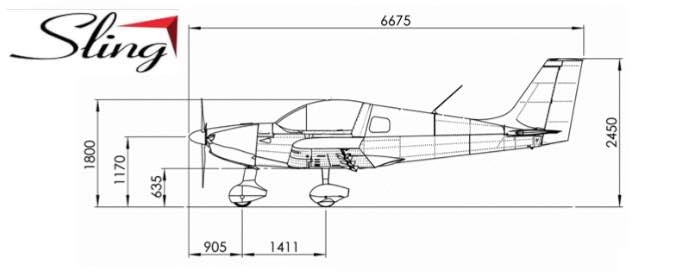Work on the RH wingtip continues. Getting a good fit (matching the wing airfoil) is what I’m after. It has to happen in small steps. I’m getting there.
The battery box reinforcement channel is going to be tricky to rivet to the firewall. That’s because the shape of the channel overhangs and blocks access for the rivet setting tool. A few of the holes can be riveted from behind, but a couple holes are only accessible from the front. I’ve asked the factory about it. (This channel really should have been mounted before the parachute box was assembled at the factory.)
I’ve decided in favor of having the full-airplane ballistic parachute. I’ve thought about it – long and hard. The terrain in Pacific Northwest Washington is very rugged – utterly unforgiving should the occasion of an emergency off-airport landing ever present itself. Having the parachute will give me some peace of mind. I think it will also open the door to some evening and night flights that I wouldn’t otherwise consider.
The parachute system adds weight and expense, but it likely adds a bit of safety margin and value, as well.
There are break-away skin panels that cover the parachute compartment. Mounting them will involve countersunk rivets. The flanges of the firewall, RIB-003 and the curved top-skin, in front of the windscreen need to be dimpled with a squeezer. To do that, I have to remove the top-skin that was partially riveted at the factory. I also have to countersink some of the holes in the narrow cowl mounting strips, using a 120 deg pilot-cutter and micro-stop cage. I’m doing this countersink rework on the plane, so it’ll be a freehand operation with my lithium battery-powered drill. Having the top-skin off will provide improved access for installation of the avionics rack and wiring harness.
